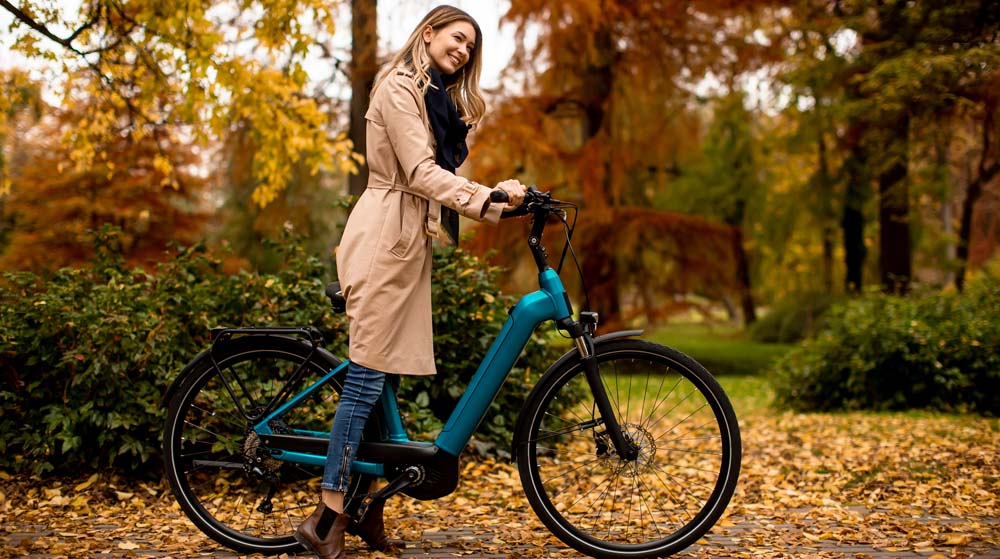 If you own an electric bike (ebike) or know someone that does, the most important thing you need to know or tell other ebike enthusiasts about, is battery safety. Along with the new popularity of ebikes as a clean, efficient, and fun means of mobility for transportation or recreations is, unfortunately, an increase in ebike battery fires. Knowing battery safety practices will ensure maximum safety, utility and life of you, others around your, your ebike, and its battery. What is a Lithium Battery Most ebikes today are powered by lithium batteries because they can be smaller and lighter than other types of batteries while holding the same amount of energy. There are two types of lithium batteries:
A lithium-ion battery is composed of a cathode, anode, separator, and electrolyte. It uses a liquid electrolyte solution that has a separator that keeps cathode and anode apart. These ingredients can be flammable in certain circumstances. Since there is essentially a liquid inside this presents a risk of leakage. This might happen where there is an extreme temperature change or when the case is damaged. The Department of Transportation considers lithium batteries a hazardous material during transportation. A well designed ebike battery has numerous lithium ion battery cells arranged within a housing and sealed to prevent contact with water and dust. It will also have a Battery Management System (BMS) which continuously monitors the battery, detects potential fault sources and protects the cells from overloading. If the BMS detects a problem, this fail safe feature will automatically shut down the battery. Lithium-ion batteries are found today in many consumer electronics including:
Ebike Battery Safety Best Practices Most ebikes today utilize lithium-ion batteries as the source of power and these carry an inherent risk if not treated properly. To minimize the risk of injury from a battery that over heats, catches fire, or explodes there are some best practices:
When a ebike battery no longer holds a charge or it gets damaged it's time to be recycled. Do not put a lithium-ion battery in the trash or regular recycling bin. When it comingles with other garbage it can present a risk of fire at the waste treatment facility. When a lithium-ion battery is processed at a proper battery recycling facilitiy, some of the critical minerals in the battery can be extracted and reused. Many bike shops such as Earth Rider Cycling in Chicago, have agreed to serve as a drop off facility for ebike lithium-ion batteries that are no longer working properly. Staff have been trained to identify damage that could make the battery dangerous and the proper way to transport the battery to the recycling facility. To find a bike shop that is participating in the Call2Recycle program near you go to Call2Recycle.org/e-bikes.
Ebikes were designed as a system so you should always follow the manufacturer’s recommendations and stick with all the same brand components that came with it. Do not attempt to have your original battery “refurbished” and never replace your battery with one from a 3rd party supplier. When your battery is at end-of-life replace it with one provided by the original supplier of the ebike. Never tamper with an ebike motor to de-restrict the assist limiter or manipulate an ebike through tuning. When the motor has been modified to interact with the high energy in the cells of the battery in a way it was not designed, there is the potential for endangering yourself and other road users. Ebike Battery Fire Risk in Perspective Although we have been talking about the risks with ebike batteries and what you can do to minimize it, let's put it in perspective with other transportation options. While there have been a concerning number of incidents of ebike fires in New York City (NYC), cyclists there are over 10 times more likely to be killed by a car than to be killed by an ebike fire. In 2021, there was a single ebike fire fatality compared to 19 cyclists killed by cars in NYC. That same year, there were over 200 pedestrians or micro mobility (bike, scooters, mopeds, etc.) riders killed in NYC and many hundreds of pedestrians have been killed by cars and trucks in the city. You’re between 10 to 30 times more likely to die by being hit by a car while walking around NYC city than from an ebike battery fire. The true villain isn’t the ebike but the car. By following common sense battery safety best practices you will have many years of safe utility and fun from your ebike. Comments are closed.
|
Earth Rider Blog about CycingAuthorSharon Kaminecki and others comment on adventures in bicycling and other stories Categories
All
Archives
August 2023
|




